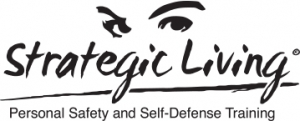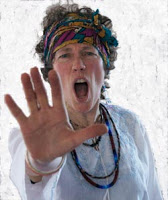When can no “no” = yes?
When someone does not clearly communicate a lack of consent to sexual acts. At least under the law, according to the King County Prosecutor’s Office.
I don’t closely follow sports, but you’d have to be living under a rock in Seattle to miss the story of UW basketball star player Venoy Overton allegedly providing alcohol to two 16 year old girls and engaging in sexual acts with them.
You can read the Seattle Times’ story of his arrest for providing alcohol here: http://seattletimes.nwsource.com/html/localnews/2014433742_overton09m.html. Please note that he has not been charged with sexual assault, because:
King County Senior Deputy Prosecutor Carol Spoor called the case “highly problematic” because the girl participated in sex acts under “situational pressure.”
State law, Spoor wrote, “places the burden on the victim to clearly communicate a lack of consent to the suspect, which she did not do.”
Most of the articles on this incident focus on the loss to the team of this player, at least for the Pac-10 tournament. However, UW basketball coach Lorenzo Romar is quoted as saying he’d put Overton back on the team roster should they be invited to the NCAA tournament (otherwise known as “March Madness”). Because his guy made a mistake, and this is a teachable moment.
As a teacher, I’m all for the teachable moment. Some mistakes, however, are more far-reaching than are others, and I am also all for appropriate consequences. For the girl who feels coerced, this experience will likely be deeper and longer-lasting than any repercussions felt by either the Huskies or Overton.
Every teenager and young adult will face “situational pressure.” (Heck, EVERY person will face situational pressure, over and over, in their lifetimes.) These instances can feel like being stuck between a rock and a hard place: the choice often seems to be between going along with the group or not having friends. How do we help young people recognize what they want for themselves, honor that, and still live fulfilling social lives?
This should be a teachable moment for young people, male and female, about consent. But we won’t be seeing that in the sports pages — or any other media pages — anytime soon. Sexual assault is the social-issue wolf disguised in the individual-sheep’s-problem clothing.
Madness, indeed, is not limited to March.
PS – Learning to assert boundaries is sadly lacking in too many teen girls today. This kind of sensible savvy is practiced in Strategic Living’s For Teen Girls Only Self Defense classes. Next session will be April 2 in Burlington WA, and then April 9 in Seattle on the UW campus.


